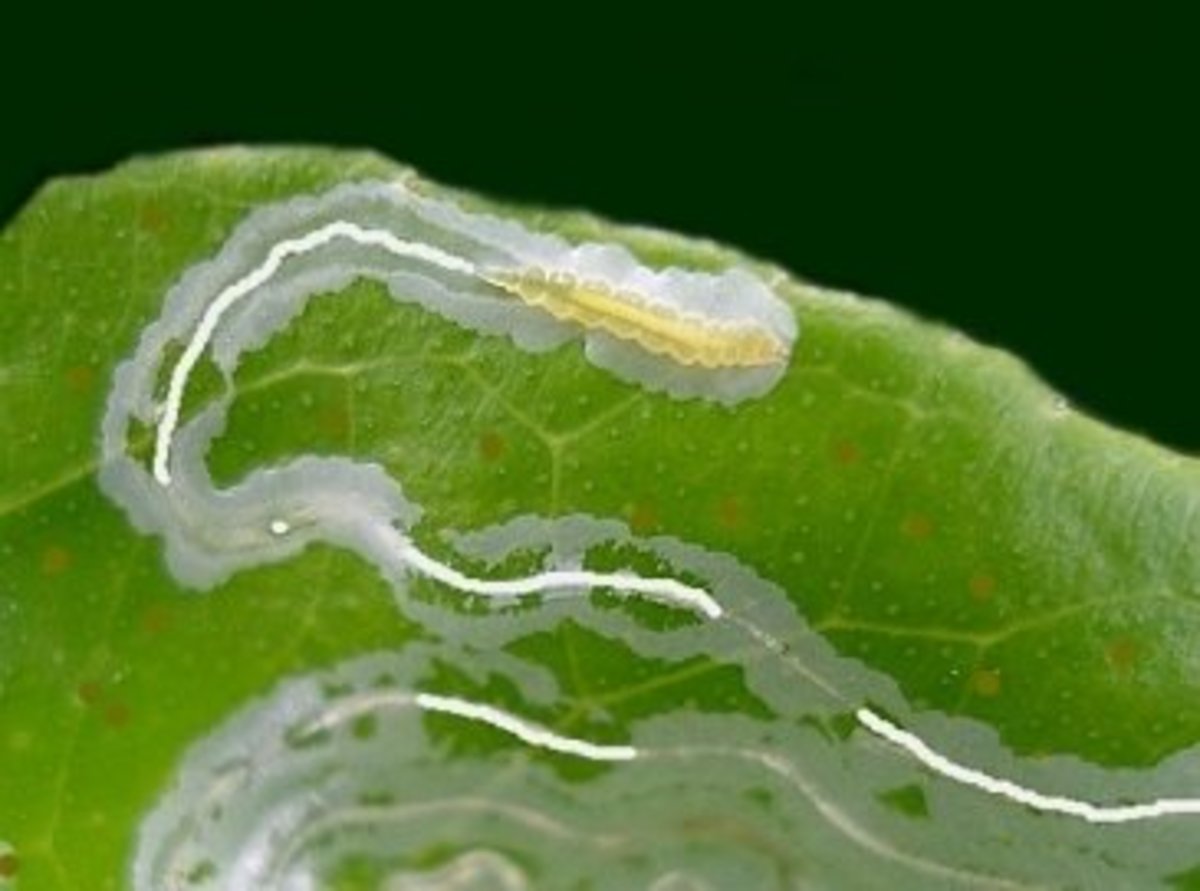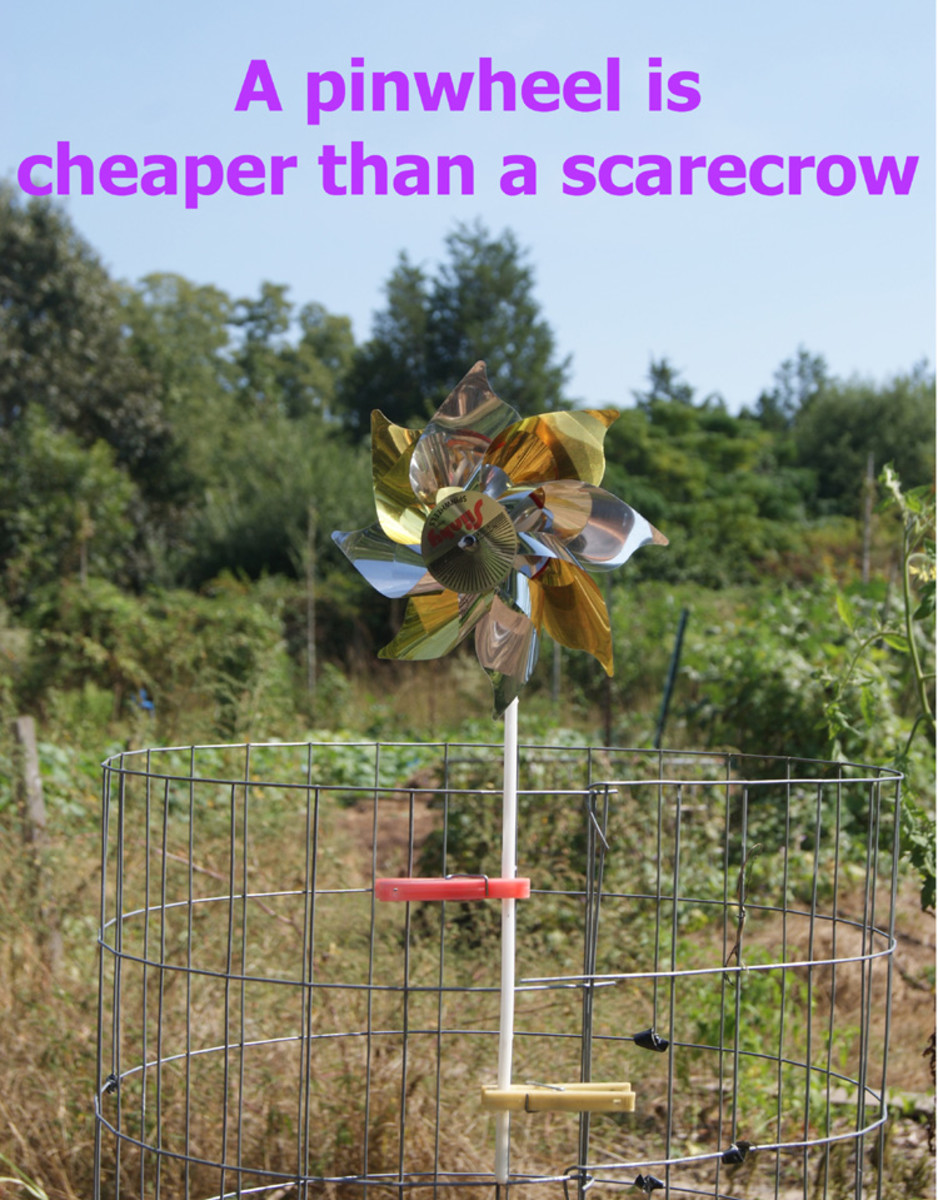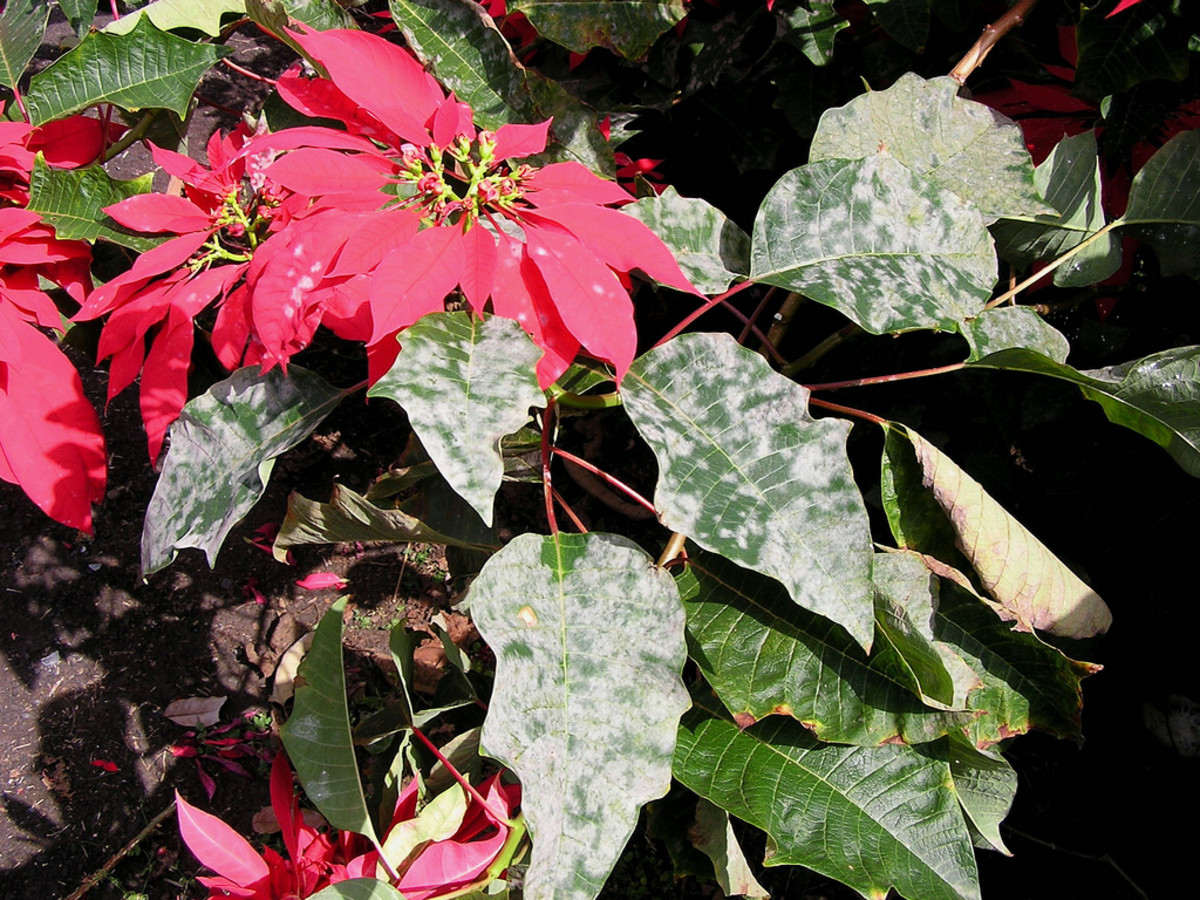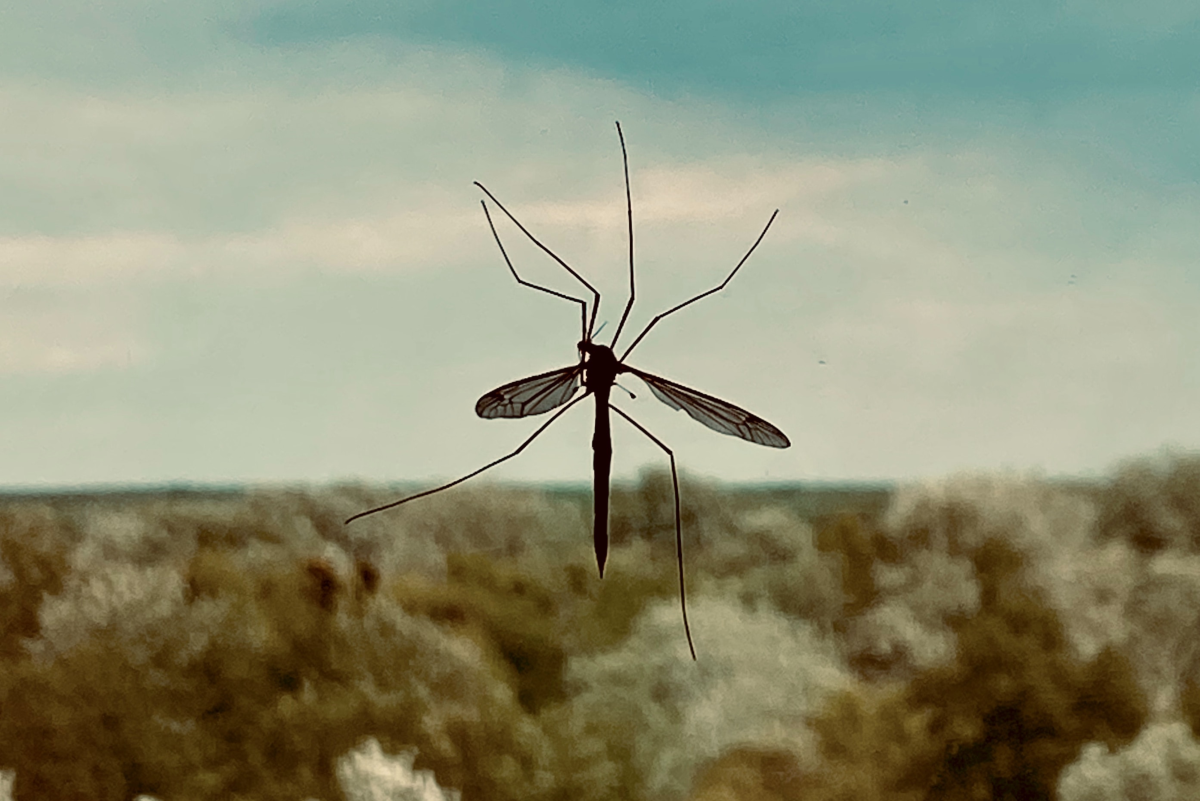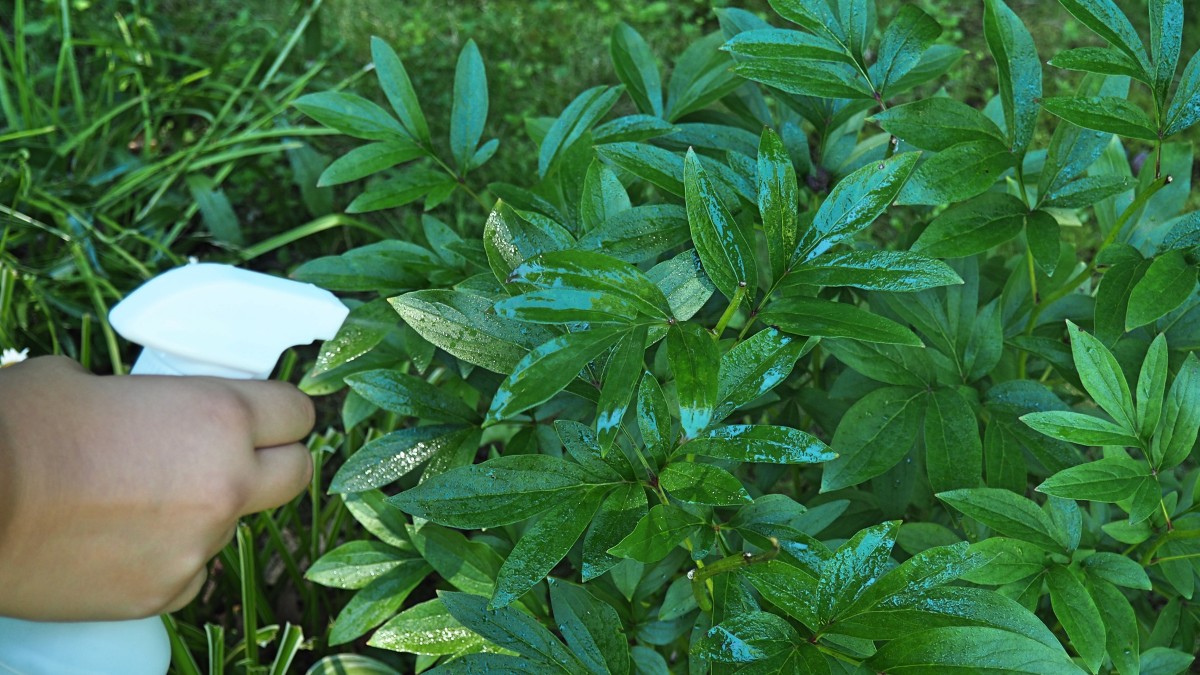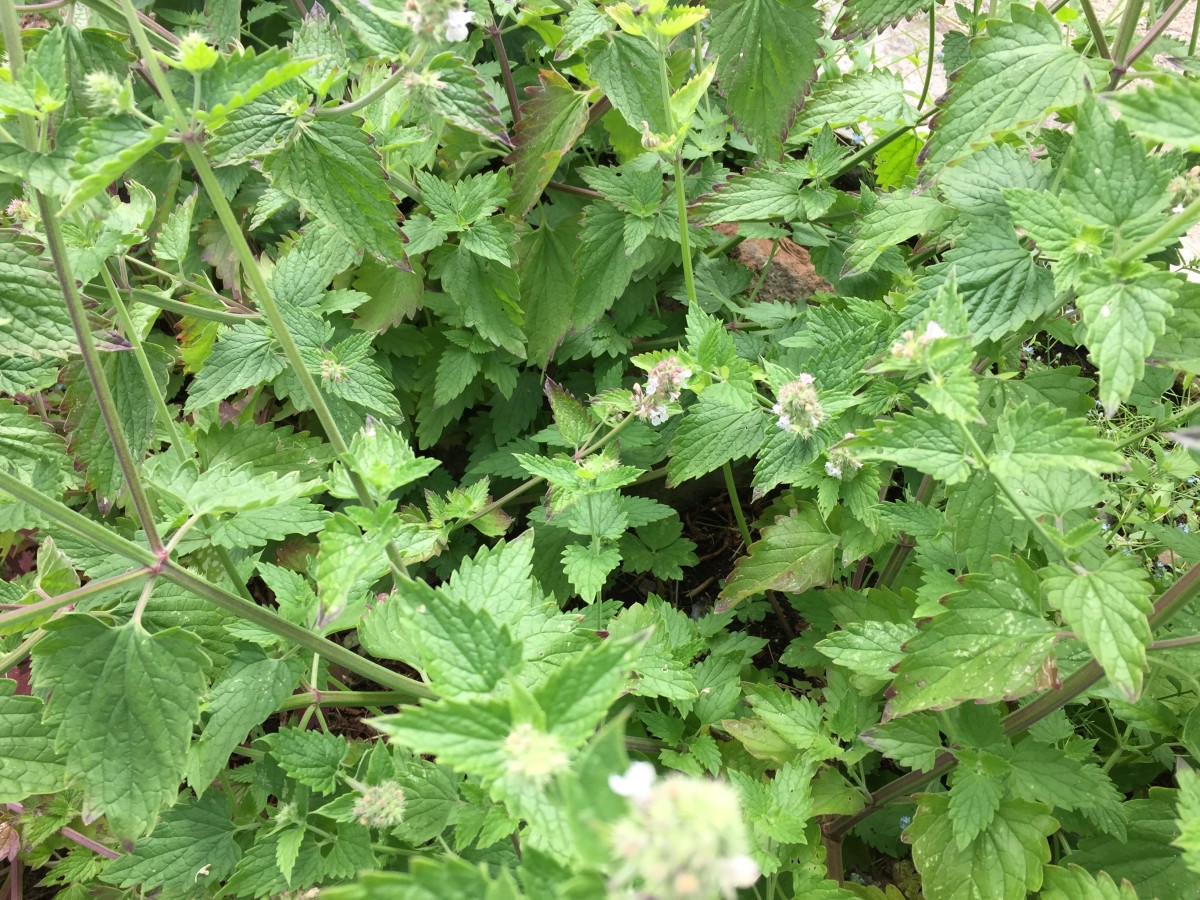When to Harvest Vegetables
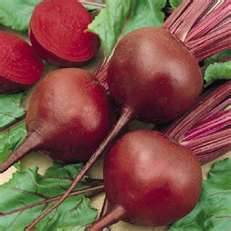
When Are Vegetables Ready to Harvest?
Gardening to grow vegetables is an activity that offers many rewards. Although we need to put forth the time, thought and effort to grow our own vegetables, reaping a harvest can be an enjoyable experience. After a little practice and trial and error, you'll soon be able to determine the best time to harvest each vegetable.
Flavor content is affected by many factors:
- Weather conditions
- The variety of seed
- Type of soil
- Fertilizer or compost
- Temperatures and season
- Amount of water and sunlight
- The surrounding plants
To achieve the most flavor and sweetness from each vegetable, the time of day we harvest is an important consideration. Farmers begin very early in the morning, as soon as there is enough sunlight to see. With the cooler temperatures, they have more time before the heat warms the plants. The sugars and flavors are more condensed and the vegetables stay crisp longer before the noon sun bears down on them.
Generally for gardeners, the best time to harvest is shortly after the dew has dried on the plants. The heat pulls flavor, sweetness and water content from them, and causes them to wilt. Separating the tops and stems as soon as possible also helps to maintain the flavors. The leafy tops you plan to keep should be placed in a clean bucket with cold water. As soon as time allows, drain and refrigerate before the heat wilts them.
Guidelines to know when each vegetable has reached maturity:
Plants such as basil, radish, lettuce, chard and broccoli should be harvested while tender, so they need to be picked early and often. Kale, cabbage, parsnips, brussel sprouts, spinach and carrots can stay in the ground even after a frost. The cold temperature increases the sugar content.
Tomatoes eventually produce a chemical called ethylene and after they have grown to about two thirds of their size, are able to turn the starches into sugar. They will soften and change color whether they are on or off the vine. If a freeze is in the forecast, your green tomatoes need to be picked and brought in out of the weather. They will gradually ripen and turn color.
The flavor of tomatoes improves as long as they remain over 55 degrees F (12C). Green tomatoes can rest on the counter at room temperature with the stem side up. Tomatoes lose much of their flavor after having been subjected to cold temperature for almost any period of time and refrigerators average 40 degrees F. The best sun-ripened flavor is obtained when tomatoes have completed their growth on the vine in temperatures over 55 degrees F (12C).
Green beans become tough and stringy when left on the vine too long. Pick them while slender before the seeds swell in the pods and at least every other day. Frequent picking also encourages the plants to increase production.
Harvest the outer leaves of chard when the plants are sturdy and well established. Be sure to leave four to six leaves for continued growth. Chard will overwinter in mild areas where the ground does not freeze hard.
Corn silk turns dark brown and the cobs are mature before the silk dries. Peel back the husk and puncture a kernel with your fingernail. When the juice is milky-white the ear is mature. Corn contains the most sugar content when freshly harvested.
Cucumbers become bitter and seedy when on the vine too long. Frequent picking encourages increased production. The lemon variety should be light green with a bit of yellow to maintain crispness.
Fennel bulbs are cut at soil level when the bulbing base becomes knobby and rounded and about ¾ the size of a tennis ball or larger.
Greens can be cut across the whole bed when they have reached four to seven inches leaving the bottom one to two inches in the soil. This method is referred to as 'Cut and Come Again' and will provide additional heads with watering and light fertilizer. They sometimes become bitter in very hot weather, so you may want to sow seed every few weeks for a continuous supply of tender leaves.
Leeks can be pulled at 3/4" in diameter and are good when thicker as well. Pick before flower stalks are sent up because they become too tough to consume. Hill up the soil around the base to increase the white shaft which is more tender than the green upper leaves. Keep weeds pulled and the leeks well watered and fertilized.
Cantaloupes have a fragrant aroma and a crack forms around the stem where it's attached. A quick pull should be enough to separate them from the vine.
Onions and potatoes are mature when the tops begin dying and they fall over. Bend the remaining onion tops over and allow them another week in the ground. When the tops are completely dry, separate them from the onion. Store in a cool and well ventilated area away from direct sun until needed.
Peppers are good at any size, although they have more flavor when grown to full size and have turned their final color.
Pumpkins and watermelons will not change color after separated from the vine, they must reach full maturity. One rule of thumb to determine ripeness is to use the thumbnail technique. Try to puncture the rind with your thumbnail and if it resists, it's ready to harvest.
Watermelons develop a light-colored patch at the bottom and a dull green cast. The tendril leaf nearest the melon turns brown and withers.
Snow peas are harvested while still flat; shelling peas are picked after the pods are full, but before they grow too large and tough; snap peas need to become round and plump, however, harvest them before they get too large because they also become tough.
Spinach is best during the cooler months of the year. At 5 to 6" tall, apply the cut-and-come-again method leaving 1 to 2" above the soil to allow the spinach to grow back. When picking spinach by the leaf, allow 4 to 5 leaves to remain so it will continue to produce leaves. Be sure to harvest before it sends up a flower stalk which alters the taste.
Zucchini is best when picked before it grows to 8" in length at the most. Harvest Trombetta squash at 12 to 14" in length, and patty pan squash at 2 to 3".
Seed Packet Guide
Seed packets offer general guidelines that are helpful to determine the look, size and growing duration of each vegetable and herb. The results can vary according to sunlight, water, soil nutrients, region and planting schedule.
Flower/seed stalks:
When plants such as lettuce, spinach and basil send up a flower stalk, they will then go to seed. You can decide whether or not to save seed from those plants and allow the flower/seed stem to continue growing. Another option is to prune back the flower stalk, and some of the plant. The plant will then continue growing for additional harvests. Once a flower stalk begins, and particularly after allowed to grow, the flavor of the leaves or vegetable becomes woody or bitter.
Grow plants for the seed itself:
Till a separate bed for the plants you are growing for their seed value. To produce really good seed, you might grow healthier plants by positioning them using the companion planting method. These plants will stay in the ground longer and are neither pruned back nor harvested from.
Growing vegetables brings health to your body and joy to the dinner table. With a little practice, you'll be able to know when to harvest each vegetable at the peak of flavor.
Lizolivia



